Nature reports
Category: Caribbean
Page 4 of 10 - 91 Results
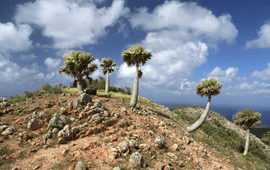
Scientists from CARMABI and Wageningen University and Research made a groundbreaking discovery this week: a previously unknown population of the Curaçao Kabana palm on the eastern slope of the Christoffelberg. These palms are..
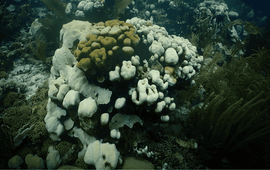
The Caribbean Research & Management of Biodiversity Foundation (Carmabi) has noted that there is another ‘coral bleaching event’ on the coral reefs of Curaçao this year. This phenomenon was noticed about 16 weeks ago and is..
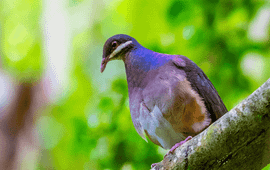
In alignment with the Nature and Environment Policy Plan (NEPP), a groundbreaking project is underway to address critical environmental challenges and restore Sint Eustatius’ unique ecosystems. This project combines reforestation..
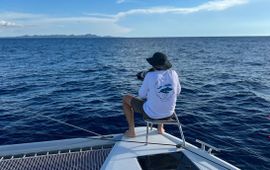
The Caribbean Cetacean Society (CCS) looks back with satisfaction at the first Ti Whale An Nou expedition on the ABC-islands. In the month of October CCS did scientific research on the diversity, distribution and movement patterns..
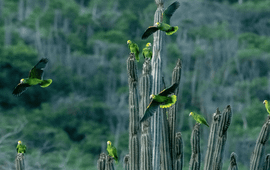
The local government of Bonaire recently announced the acquisition of the former plantation Fontein, supported by the Dutch government in The Hague. With a significant investment of 3.4 million dollars, the government aims to..
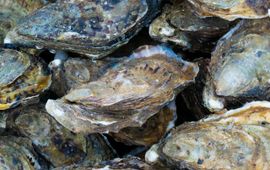
A new study led by Wageningen University and Research investigates the swimming and settlement behavior of coral and oyster larvae. Understanding what factors facilitate larvae settlement will guide future conservation efforts to..
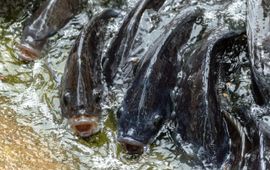
Tilapia, a freshwater fish originally from Africa, introduced to the islands of Aruba, Curacao and St. Maarten, has managed to rapidly reproduce and dominate the local fresh and brackish water habitats on the islands. These fish..
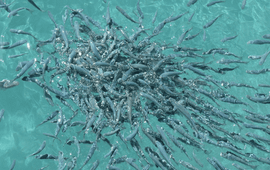
Many divers have promoted feeding the lionfish to eels and sharks in the Dutch Caribbean as a way to entice these species to start hunting for these invasive fish independently. Unfortunately, training these predatory fish to..
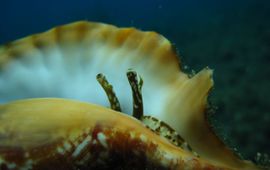
Queen conches are facing immense pressure leading to a dramatic decrease in their populations. Luckily, a new project, started at the Curaçao Sea Aquarium in 2020, will explore ways to reduce mortality rates and develop new..
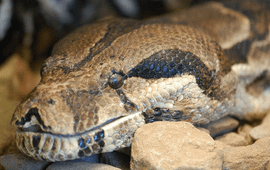
Likely introduced via the exotic pet industry, boa constrictors have had an island-wide population on Aruba since 2005. The impact of boa constrictors on Aruba has led to the implementation of control measures, including removal..
